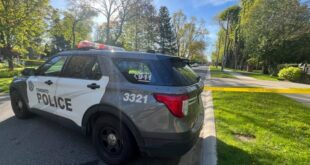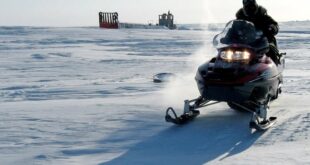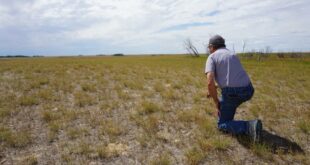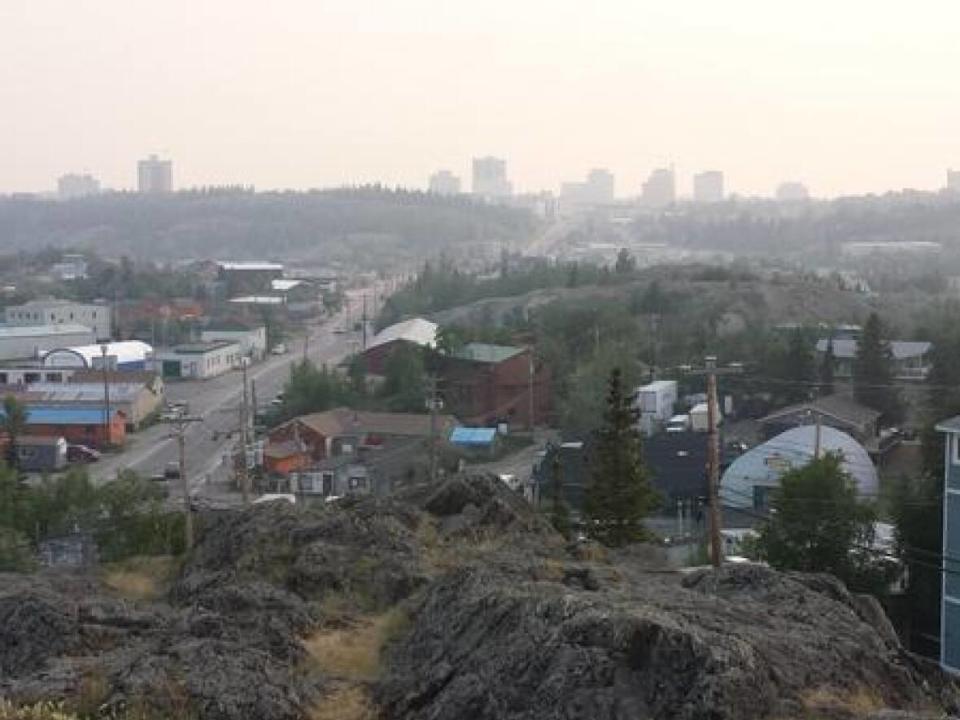
But what would happen if a wildfire broke out close to Yellowknife?
“We’re not exempt from fires,” said Lawrence Casaway, an elder who lives between Yellowknife and Dettah, and who fought Northwest Territories wildfires in the 1970s.
“In Dettah, Ndilǫ and Yellowknife, we should get ready,” Casaway said. “Today I’m going to get ready to pack stuff and get ready to go if that happens, if a fire starts here.”
Communities are responsible for creating and executing their own emergency plans.
Yellowknife’s emergency management plan doesn’t explicitly discuss wildfires, nor does it go into detail about city-wide evacuations. Rather, it sets out officials’ and agencies’ responsibilities, and the steps they should take in an emergency.
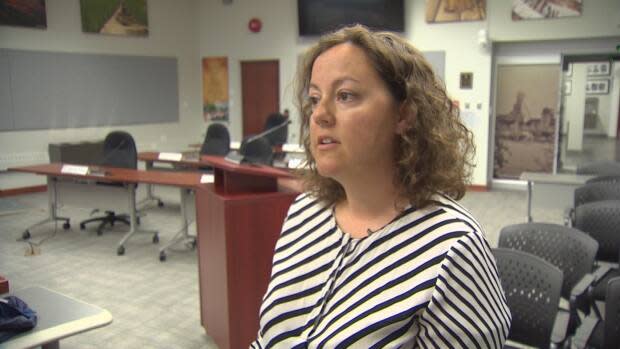
“The key thing for residents [to know] is that we would communicate what needs to happen,” she said.
The city would do that through the media and the territory’s emergency alert system, which broadcasts emergency alerts and safety information through mobile devices, radios and cable TV networks.
If the city needed to be evacuated, officials would tell them where to go through such an alert, said Alty.
No set destination for potential evacuees from Yellowknife
The city doesn’t name a specific destination for potential evacuees from Yellowknife.
According to the its website, in the event of a city-wide evacuation, the city would develop a plan specific to the emergency’s circumstances.
In the case of a wildfire, officials would consider the direction of the fire’s advance, the weather, smoke, and the security of roads and air routes, among other factors.
The city says that in a full-scale evacuation, it would make use of both air and ground transportation options, unless one of those was cut off by the emergency.
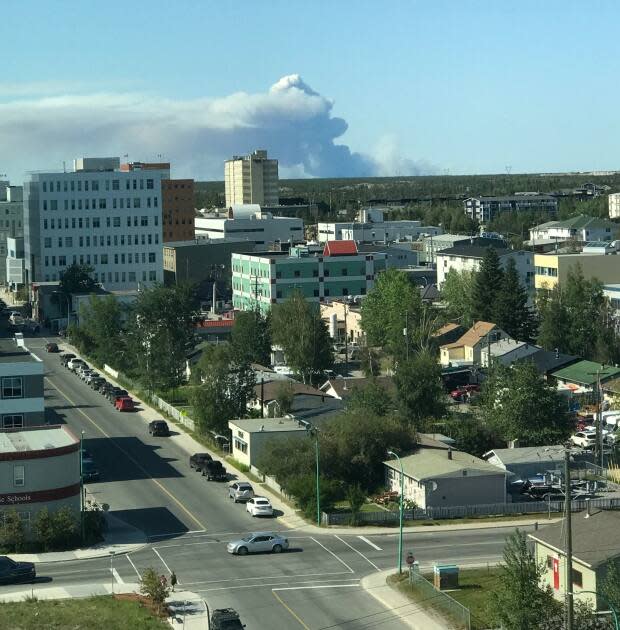
Jay Boast, spokesperson for the N.W.T. department of Municipal and Community Affairs, said if Yellowknife was evacuated, the government’s Emergency Management Organization would work with other jurisdictions to find a community that could host an evacuation centre for Yellowknife evacuees.
Yellowknife not under a fire ban right now
Despite the mostly hot and dry conditions recently, Yellowknife isn’t under a fire ban.
Mayor Alty said the city and the N.W.T.’s Environment and Climate Change department are monitoring conditions in the city, and they don’t believe a ban is necessary at this time.
As of Tuesday morning, the fire danger forecast for Yellowknife was high.
Mike Westwick with NWT Fire said that when the fire danger is high, “there’s a good chance fires will start, grow quickly, and challenge firefighters trying to fight them.”
He recommends that people avoid making any kind of fire unless “absolutely necessary for cooking or warmth.”
‘Look at Alberta… we’re no different’
Lawrence Casaway disagrees with the city.
He said the rain that wet the city on Monday offered a little relief, but conditions will soon become dry and dangerous again.
“There should be a fire ban right now,” he said.
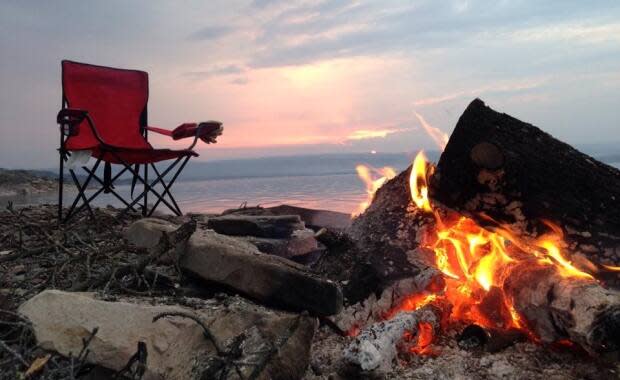
“Look at Alberta,” he said, referring to the wildfires raging across that province. “We’re no different… we’ve got the same trees.”
Casaway expressed confidence in today’s firefighters, and in the community’s ability to tackle an encroaching fire: “Everybody would all help each other and they would put it out.”
Still, he warned residents not to get too comfortable.
“People better not think that we’re not going to get it because we’re in the North. No, no. Doesn’t work that way. We will get it, so we’ve got to be prepared for it.”
*****
Credit belongs to : ca.news.yahoo.com
 Atin Ito First Filipino Community Newspaper in Ontario
Atin Ito First Filipino Community Newspaper in Ontario


